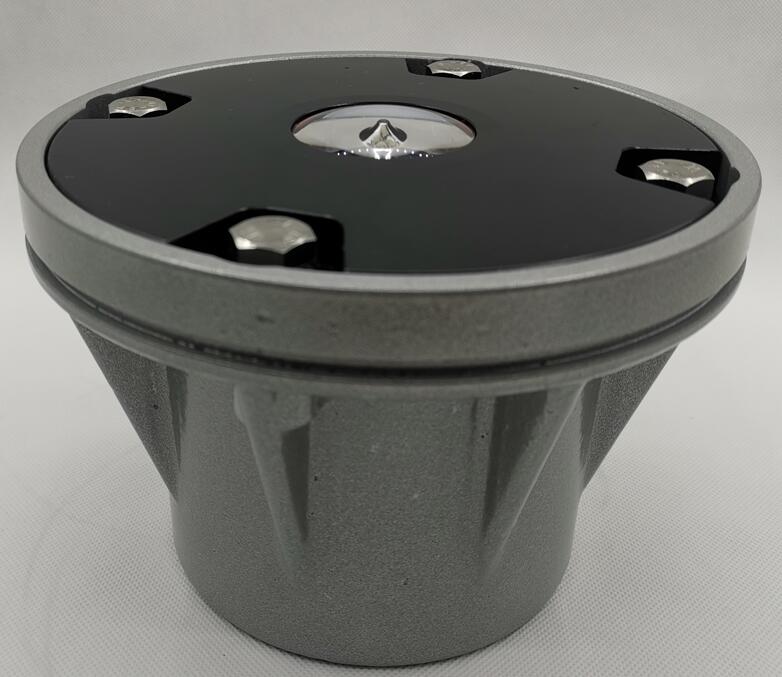LED Aircraft Landing Lights: Illuminating the Future of Aviation Safety
As aircraft navigate the skies day and night, reliable lighting systems are essential for safe operations. Among these, LED aircraft landing lights have revolutionized approach and touchdown visibility, offering superior performance compared to traditional lighting technologies. These powerful illumination systems enhance pilot visibility during critical phases of flight while improving energy efficiency and reducing maintenance requirements.
This article examines the transformative impact of LED aircraft landing lights, exploring their advantages, technological innovations, and vital role in modern aviation safety protocols.
The Critical Role of Landing Lights in Aviation
Aircraft landing lights serve three primary functions:
Runway Illumination: Enhancing visibility during approach and touchdown

Collision Avoidance: Making aircraft more visible to other pilots
Ground Maneuvering: Providing illumination during taxi operations
| led aircraft landing lights |
LED aircraft landing lights have become the industry standard due to their exceptional brightness, durability, and energy efficiency. Unlike traditional halogen or xenon lights, LED systems offer consistent performance throughout their lifespan while withstanding extreme operational conditions.
Advantages of LED Technology for Landing Lights
1. Superior Visibility and Beam Quality
Modern LED aircraft landing lights produce intense, focused beams with excellent color rendering. This allows pilots to:
Identify runway surfaces more clearly
| led aircraft landing light |
Better distinguish runway markings
Detect potential hazards earlier
The directional nature of LED lighting minimizes light pollution while maximizing usable illumination where it's needed most.
2. Enhanced Energy Efficiency
LED systems consume significantly less power than conventional lighting while delivering equal or better performance. This efficiency:
Reduces strain on aircraft electrical systems
Lowers fuel consumption
Extends battery life for ground operations
3. Exceptional Durability and Reliability
LED aircraft landing lights are designed to withstand:
Extreme temperature fluctuations
Vibration and shock during flight operations
Environmental contaminants like dust and moisture
Their solid-state construction eliminates fragile filaments and glass components common in traditional lighting.
4. Extended Service Life
With operational lifespans often exceeding 10,000 hours, LED systems:
Reduce maintenance frequency
Lower replacement costs
Minimize aircraft downtime
This reliability is particularly valuable for commercial operators maintaining large fleets.
Technological Innovations in LED Landing Lights
1. Adaptive Lighting Systems
Next-generation LED aircraft landing lights incorporate intelligent features such as:
Automatic brightness adjustment based on ambient conditions
Programmable beam patterns for different phases of flight
Integration with aircraft avionics systems
2. Thermal Management Solutions
Advanced cooling technologies maintain optimal LED performance by:
Using passive and active cooling systems
Incorporating heat-dissipating materials
Implementing temperature monitoring circuits
3. Modular Design Concepts
Modern systems feature:
Field-replaceable components
Scalable light output configurations
Simplified maintenance access
Regulatory Compliance and Certification
LED aircraft landing lights must meet stringent aviation standards including:
FAA TSO-C96 and EASA ETSO approvals
Minimum intensity requirements
Beam pattern specifications
Environmental testing protocols
Manufacturers conduct extensive testing to ensure compliance with:
Vibration and shock resistance standards
Water ingress protection ratings
Electromagnetic interference requirements
Applications Across Aviation Sectors
1. Commercial Aviation
Airline operators benefit from:
Reduced maintenance intervals
Consistent light quality across fleets
Improved dispatch reliability
2. Business and General Aviation
LED systems provide:
Enhanced safety for smaller aircraft
Weight savings for performance aircraft
Flexible installation options
3. Military Applications
Defense forces utilize LED lighting for:
Special operations requiring covert illumination
Carrier-based operations with extreme conditions
Unmanned aerial systems
Future Developments in LED Landing Light Technology
Emerging trends include:
Smart lighting networks that communicate with airport systems
Advanced materials for improved heat dissipation
Integrated sensor packages for performance monitoring
Hybrid power systems combining LED with other technologies
LED aircraft landing lights represent a significant advancement in aviation lighting technology, offering unparalleled performance, reliability, and efficiency. As the aviation industry continues to prioritize safety and sustainability, these illumination systems will play an increasingly vital role in aircraft operations worldwide.
From commercial airliners to military aircraft, LED aircraft landing lights are setting new standards for visibility and operational efficiency. Their continued development promises even greater advancements in aviation safety, ensuring that pilots have the best possible visual reference during critical flight phases for years to come.
